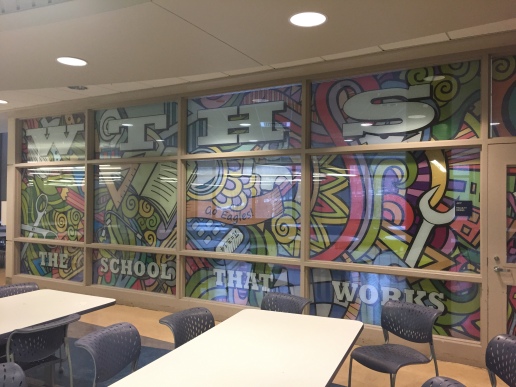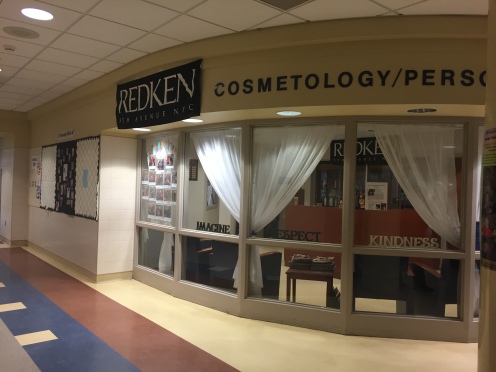History of Olin
 Olin College of Engineering was founded in 2001 when the National Science Foundation and leaders in the engineering community began urging reform in engineering education
Olin College of Engineering was founded in 2001 when the National Science Foundation and leaders in the engineering community began urging reform in engineering education
to include more emphasis on entrepreneurship, teamwork, and communication. With over $460 million in start-up financing from the F.W. Olin Foundation, Olin developed a hands-on, interdisciplinary program aimed at producing engineering innovators who will be leaders in solving the global challenges of today and tomorrow. In addition to producing engineering innovators, Olin also has a mission to effect innovative change in the field of education – not just in engineering, but more broadly in any academic environment so that institutions rethink their educational approaches and learning environments.
The college, located in Needham, Massachusetts, has an elite student body of 350 students who major in Electrical, Computer or Mechanical Engineering. In just two decades, the college has earned noteworthy rankings and Olin alumni are doing well in employment, graduate school and research. The school is an undergraduate lab school where new ideas are tried, where failure fuels needed change, and where successful ideas are ultimately shared outside the classroom with collaboratory partners.
Olin is Different!
Grading
First-semester grading is done on a “pass/no record” system to encourage students to take risks with hands-on/project-based experiences in several areas while they develop critical thinking and communication skills. Students are told to “try really hard” and embrace failure. This results in increased intrinsic motivation and creativity.
Curriculum Design
Some course content, standard at other universities, is not covered at Olin, which allows students to invest substantial chunks of time in their projects. It is widely believed that much of the content becomes obsolete by graduation, so the threat of missing out on content is largely diminished. However, students may jigsaw-teach a chapter’s worth of material to save time if a professor feels it is worthy enough material that it shouldn’t be entirely skipped. In general, if students don’t know something necessary to move forward in a project, they are trained to become confident in figuring out how to learn it. The focus at Olin remains more on problem solving skills, collaborating and communicating. About 25% of student time at Olin is lecture-based learning, while the remaining time is spent in a hands-on, collaborative approach to solving real-world problems. An important focus in a design course is learning to communicate effectively with the future product users to ensure the product that students design meets their needs.
Students experience learning not only in formal and technical ways, but also as explorers and creators who design their own path. Olin has created a learning environment for students called the Learning Continuum. This continuum provides students access to learning in all areas of their college life through individual and team projects, and it empowers them to devise innovative solutions to real problems.
Project Based Learning
Click on the links below to learn about the different project-based experiences at Olin:
Senior Capstone Program in Engineering (SCOPE)
Teaching Assistants
Experienced students called NINJAs (Need Information Now Just Ask) are paid to teach other students how to use specialized equipment to complete projects. The equipment includes welding machines, sheet metal machines, water jets, plasma cutters and laser cutters.
Adapting
Olin’s faculty is comprised of individuals with doctorates from leading institutions (Harvard, MIT, Stanford, Berkeley, etc.) who engage in the school’s mission of providing a superb engineering education and transforming engineering education. Professors work hard each year to revise and adapt curriculum as needed. They spend much of the summer working with their interdisciplinary colleagues to create, and then tweak courses. One great outcome of having cross-content professors in classes together is that they have the time to think on interdisciplinary levels. An example of this happened when two professors noticed students misunderstanding two like terms,”evidence” and “data,” because the professors were each using only one term or the other in their classes. Experimental courses have also been woven through the curriculum at Olin since the school opened its doors in 2001. These “experimental” classes are publicized as such, and tend to be popular with Olin’s student body, as students generally appreciate having a voice in the course design. The small size of Olin allows for an agile environment that can recover when a course requires a significant overhaul.










